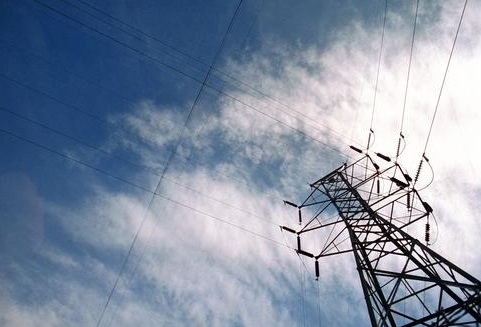 If there was one breakout business within the cleantech sector this year, it was the Smart Grid. Companies working toward the construction of a cleaner, more efficient electrical grid have multiplied, offering new ways to connect homes and businesses to utilities, to transmit more data, and to use less energy overall. The industry has gained so much momentum that it should represent $200 billion in total spending by 2015, according to a new report just released from Pike Research.
If there was one breakout business within the cleantech sector this year, it was the Smart Grid. Companies working toward the construction of a cleaner, more efficient electrical grid have multiplied, offering new ways to connect homes and businesses to utilities, to transmit more data, and to use less energy overall. The industry has gained so much momentum that it should represent $200 billion in total spending by 2015, according to a new report just released from Pike Research.
To put this number in context, 2009 saw $10 billion in Smart Grid spending, and the U.S. government’s big grid giveaway this year — in the form of grants from the U.S. Department of Energy — came to only $3.4 billion. Even that sum is predicted to jumpstart utility grid initiatives in a big way. While the government is expected to invest more in the space, the $200 billion figure says a lot more about the private investment landscape. Basically, Pike is predicting that venture and private equity firms will catch onto a good thing and step up their involvement.
In particular, Smart Grid companies will be looking to the big cleantech investors, including Kleiner Perkins Caufield & Byers, Foundation Capital, and VantagePoint Venture Partners. Usually Khosla Ventures is included in this group, but founder Vinod Khosla has been vocal about being unable to find a solid enough Smart Grid company to back — at least for now.
The big winners will be companies that provide different segments of Smart Grid infrastructure. While the emphasis today is on smart meters and their makers, like Itron and Landis+Gyr, Pike predicts that most of the business — about 84 percent of it to be exact — will swing toward grid automation services, an umbrella encompassing companies like Silver Spring Networks and Trilliant, both based in Redwood City, Calif., as well as Siemens, General Electric and utilities themselves.
June 5th: The AI Audit in NYC
Join us next week in NYC to engage with top executive leaders, delving into strategies for auditing AI models to ensure fairness, optimal performance, and ethical compliance across diverse organizations. Secure your attendance for this exclusive invite-only event.
Even though electric cars are expected to make a splash next year, with General Motors, Nissan and Mitsubishi readying their models for market, only about 2 percent of Smart Grid spending is expected to go to advanced transportation systems. This seems about right. Even after the cars hit mainstream showrooms, it will take years for them to capture enough market share to make a difference in grid operations. Without EVs on the road, electric car fueling companies like Coulomb Technologies and Better Place won’t be able to break out either.
Even though many utilities have elaborate multi-year plans to roll out smart meters to customers in their coverage areas, the Smart Grid gravy train won’t chug along forever. Spending in the space should peak at $35 billion in 2013, Pike expects, arguing that once government backing for grid expansion shuts off, growth will slow. That said, by then the business should be well established and generating regular, self-supporting revenue.
One of the most interesting facets of the Pike Research report is a list of what it identifies as the “Key Industry Players” in the Smart Grid industry, as well as an analysis of where they all fit in in the ecosystem. It highlights nine utilities, six infrastructure vendors, nine smart meter makers, 21 networking providers (including Silver Spring, Trilliant and eMeter), eight home energy monitoring companies, four semiconductor component makers and eight systems integration providers. Some of the more high-profile names that VentureBeat has examined this year include Tendril, Google, Grid Net, Duke Energy, SmartSynch, and IBM.
Pike’s predictions complement a lot of what we heard at this year’s VentureBeat-hosted GreenBeat conference in November. There, executives from Pacific Gas & Electric, Accenture, Itron, the Zigbee Alliance, Siemens and Oracle all agreed that the Smart Grid space will see massive expansion in the next several years. But questions remain: Will more government stimulus money be funneled into these initiatives? Will private investors really overcome their fears of risk to pick up where the government leaves off? And will utilities be able to quickly and effectively install the infrastructure needed to make the Smart Grid a reality?
These are all questions that will probably be answered one way or another by 2015.
